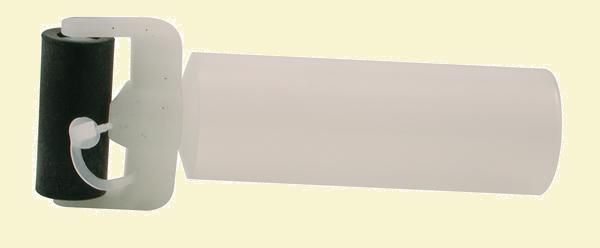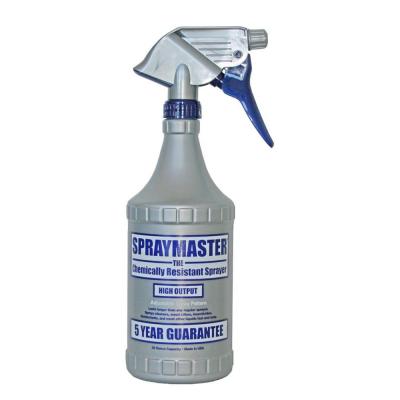I applaud your ingenuity. That being said, applying pesticides in a manner that is not specified on the label is against the law. The label IS the law.
Being that you wanted credentials,
CT Supervisory Pesticide License
CT licensed Arborist 3d
CT licensed Ornamental and Turf 3a
All under S-6032
Granted, all those and a buck 50 will get you a cup of coffee, but I would say it's not a good idea.

Thanks for the kudo's; unfortunately I think you need to review the rules. Thanks for being the first applicator to voice an opinion. Sorry, but I disagree with you.
Look guys, that simply isn't how the law reads. I know, I have tested out every three years for the last 30 as an applicator, and I took the test again this spring. I know the rules very well. Since we finally have a licensed applicator piping up, strongly implying that I am breaking the law, now I am going to
quote the law to you. You are required to follow the label and not make applications contrary to what is allowed. This text from the actual manual specifying the rules.
"Although it is a violation of federal law to use any pesticide registered by EPA in a manner
inconsistent with its labeling, FIFRA Section 2(ee) excludes several use situations and application procedures. Unless
specifically prohibited by the labeling, FIFRA allows:
• A pesticide to be applied to control a target pest not specified on the label if the pesticide is applied to a crop, animal, or site specifically listed on the labeling (e.g., interior of a home,food-handling establishments, exterior ornamental plants, corn, and tomatoes).
• Any method of application. (yes! This is straight from the manual so just drop your dumb arguments to the contrary)
• A pesticide to be applied at a dosage, concentration, or frequency less than that specified on the labeling (except in the case of termiticides labeled for preconstruction treatments).
•A pesticide-fertilizer mixture.
Realize that if you exercise any of the Section 2(ee) exclusions under FIFRA, you alone are responsible for any consequences resulting from such an application."
Nowhere on the entire damned label of Tordon does it mention a paintbrush and can. In not one instance, does it mention using a squirt can sprayer, nor a roller applicator, but no one has mentioned those as barriers to a "proper" application. The simple fact is that the label prescribes an application rate, it stipulates the safe working conditions, and it places restrictions on applications that must be followed where the application is subject to those restrictions. The label almost never tells you how to make the application.
For example, the label tells you how not to set nozzles and equipment on an application made by airplane or helicopter, but it never mentions any restrictions on ground based equipment. Nowhere on the entire damned label does it mention what pressures to use on a conventional sprayer, it doesn't specify a permissible spray pattern or technique, nor does it mention or control pump construction, nozzle sizes or styles. In short, the labels rarely tell you HOW to make an application, but it might very well restrict you on how NOT to make an application.
I am tired of you guys trying to tell me I am operating illegally, when you all seem to making emotional decisions not based on any facts. Argue with the facts I posted above.



























































